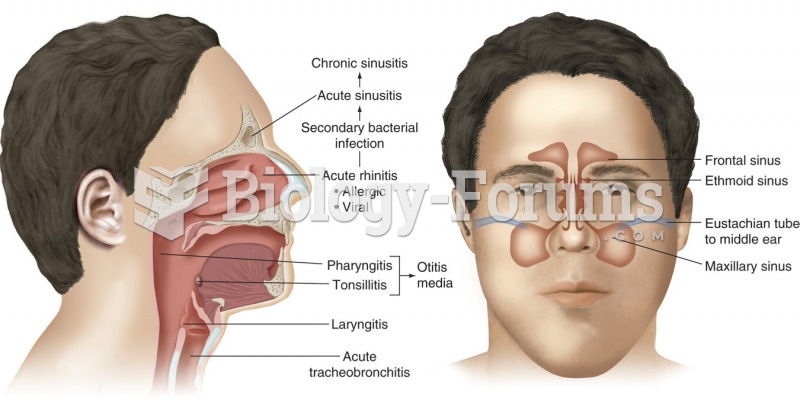Dr. Sterling
Dr. Sterling is a psychology professor, and she is also part of a lobbying group that is trying to get the government to devote more money to research in the social sciences. She invites the MP for her area to her lab at the university for a tour and a demonstration of the research that she and her colleagues are developing. She's hoping that if she can get the politician to agree to the tour, she'll later be able to convince him to vote to increase funding when the new bill gets to Parliament.
When the MP arrives at Dr. Sterling's lab, the MP is temporarily taken aback. Dr. Sterling is rather young and attractive, wearing a very stylish suit. The politician had expected a psychology professor to be a stodgy old man with a beard and a rumpled lab coat! Along their tour, they stop to watch, through a two-way mirror, the progress of an experiment that is taking place in one of the lab rooms. A group of seven people are being asked to judge the length of a line that is shown on a computer screen. One after another, each of the people makes a judgment that is clearly wrong. The MP chuckles and thinks to himself that the people in that room are all idiots, or perhaps have vision problems.
After the tour is over, Dr. Sterling takes the politician for lunch. Over lunch, she explains to him that universities need more money in order to fund cutting-edge research and make greater progress into understanding human behaviour. She also stresses that if the schools do not get an increase in funding, then Canadian students will lag behind the rest of the world in this area and our government will be a laughingstock of the developed world. The only way to prevent that from happening is to make sure that there is more funding for research. The politician leaves, and he feels that he really should vote to increase social science funding.
When the MP assumes that the people in the experiment are "idiots," what does that illustrate?
◦
self-serving bias◦
fundamental attribution error◦
external causal attribution◦
discrimination







